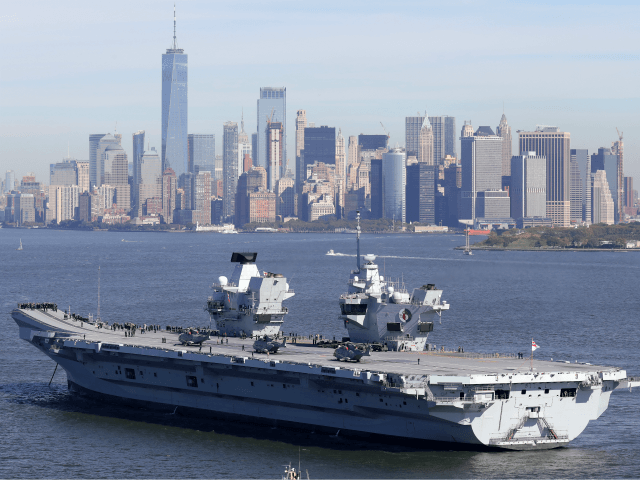
aircraft carriers, the centerpiece of the carrier strike group are, indeed, valuable, even if measured only by the nation’s willingness to allocate increasingly scarce resources for the first and follow-on carriers of the Ford class. The value of carrier battle group forward presence was proved yet again as the Bush CSG was the only force available to respond during the first ten days of this crisis––where it and when it mattered.Įven first-year econ majors know value is what a person is willing to pay for something. We are also protecting American citizens and facilities inside Iraq.” “We are working on supporting humanitarian assistance operations like Mount Sinjar and the Mosul Dam. “The president has made our work here clear,” he said. DeWolfe “Chip” Miller, commander of the Bush carrier strike group (CSG), said the U.S. Aircraft carriers and their air wings deliver powerful and timely military effects with significant diplomatic and ultimately warfighting value to our nation.ĭuring an interview with Al Arabiya News, Rear Adm. Nuclear carriers and their air wings of some 75 multi-mission aircraft represent a unique warfare capability that––as demonstrated by Bush in 2014––can quickly close to an operating area and provide credible and sustainable combat power. US Navy PhotoĪs Congress and the Obama administration look for ways to address defense-spending issues, the value of carrier aviation continues to be underscored by real-world operations. Jonathan Greenert is welcomed aboard the aircraft carrier USS Carl Vinson (CVN 70) on Nov. Value to the NationĬhief of Naval Operations (CNO) Adm. defense spending has seen a reduction of some 20 percent since 2010, according to the Center for Strategic and Budgetary Assessments, with across-the-board cuts that affect R&D, acquisition and operations, it is the “big-ticket” items––such as CVNs––that can generate excess zeal to cut more.įorbes has called for keeping military budgets strong while reining in overall federal spending and to this end, he supported legislation that would avoid automatic defense cuts by shifting those reductions to non-defense programs, including education and entitlement programs. Samuelson noted, “Defense spending has become just another line item in the budget, increasingly disconnected from our strategic interests and potential threats. In his commentary in September in The Washington Post, Robert J. However, when times get tough, as they are in the late fall of 2014, and as the reverberations from the 2011 BCA continued to ripple throughout the federal government, various pundits and observers contemplate alternatives to the carrier program of record. Shortsighted decisions taken today could hamstring the Navy––and the other four armed services––for decades.īecause it is such a large, long-lived acquisition program, the next-generation Ford-class nuclear-powered aircraft carrier would be a budgetary target even in the best of fiscal times. Ford (CVN-78) represents about 31 hours of annual federal spending. Navy shipbuilding costs will total $15-20 billion annually through the end of the decade, representing 3 to 4 percent of defense spending and less than 1 percent of all federal spending.” Put another way, the $12.8 billion for the Gerald R. But the cost of designing, developing and building such vessels is a minuscule portion of the federal budget. Navy operates more aircraft carriers than the rest of the world combined, and its carriers are by far the best. In terms of return on investment, the aircraft carrier is really one of the most cost-effective deals around, defense analyst Loren Thompson explained in a 10 February 2014 Forbes commentary. Bush (CVN-77) transits the Gulf of Aden on Oct, 23, 2014. Congressman Randy Forbes (R-Va.) understands, with the United States having fewer bases overseas from which to launch attacks or just stand watch in volatile regions, aircraft carriers effectively “move U.S. interests, American citizens, and allies.Īs U.S. With only minimal numbers of troops on the ground, the Bush once again demonstrated the operational flexibility and combat effectiveness of sea-based tactical air power to protect important U.S.

Bush (CVN-77) answered that question, conducting the first strikes against Islamic State in Iraq and Syria (ISIS or ISIL) militants in support of the President Barack Obama’s decision to re-engage militarily in Iraq. 8, 2014 aircraft from the aircraft carrier George H. power can, in Greenert’s formulation, ‘be where it matters, when it matters.’” Will asked in an August Washington Post commentary. “What kind of navy do Americans want?” columnist George F. A sailor monitors the flight deck of the Nimitz-class aircraft carrier USS Carl Vinson (CVN-70).


 0 kommentar(er)
0 kommentar(er)
